Italy’s countryside is dotted with ancient settlements where time moves at a different pace. These small towns offer an antidote to modern life’s constant rush, inviting visitors to experience authentic Italian culture through narrow cobblestone streets, historic architecture, and genuine local connections.
Walking through these towns allows you to absorb details often missed when traveling at higher speeds. Here is a list of 20 Italian walkable cities where you can slow down and truly experience the essence of la dolce vita.
Civita di Bagnoregio
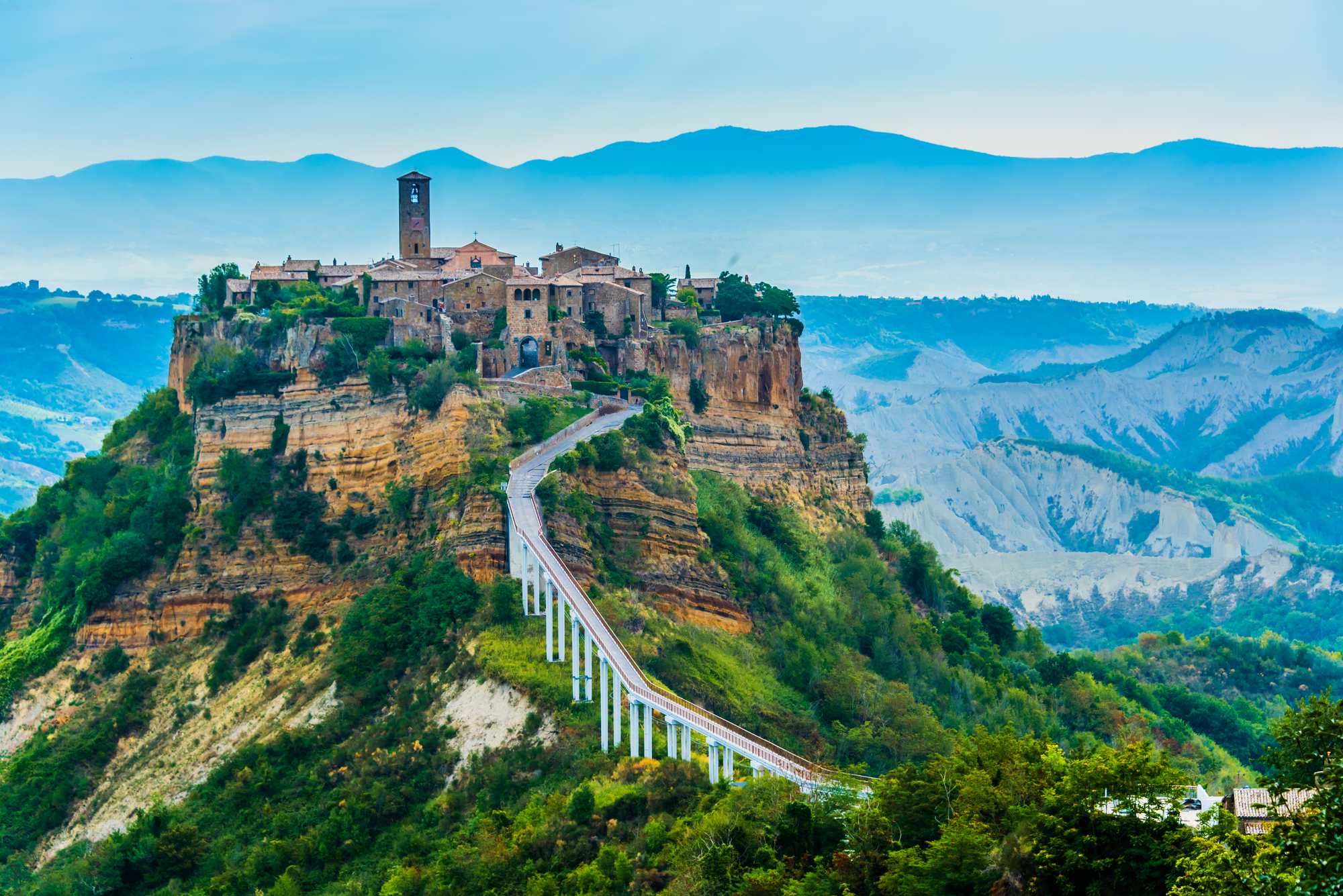
Perched dramatically on an eroding tufa plateau, Civita di Bagnoregio is accessible only by a long pedestrian bridge. The town’s isolation has preserved its medieval character while earning it the nickname ‘The Dying Town.’
Visitors can wander the entire settlement in less than an hour, taking in sweeping valley views and centuries-old stone houses adorned with flowering plants.
Pienza
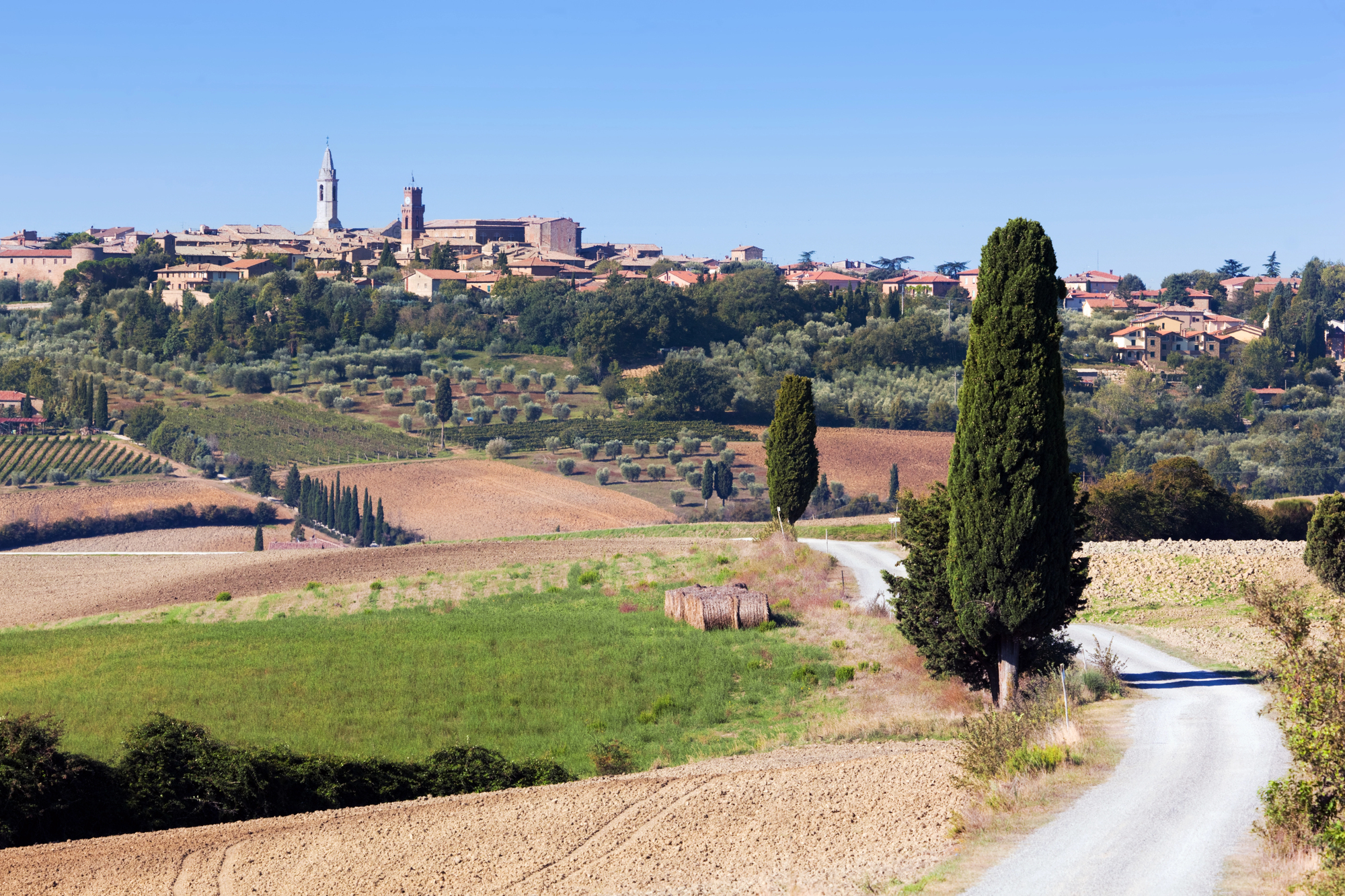
Designed as the ideal Renaissance town, Pienza offers perfectly proportioned piazzas and harmonious architecture. Pope Pius II commissioned the town as a utopian village, and it has remained virtually unchanged since the 15th century.
Its strategic position overlooking the Val d’Orcia provides breathtaking panoramas that change with the seasons, from lush green spring fields to golden summer wheat.
Castelmezzano

Carved into the rugged Lucanian Dolomites, Castelmezzano appears to be growing directly out of the mountain rock. Stone staircases and narrow pathways wind between homes built into the mountainside, offering surprise vistas at every turn.
Evening walks are particularly magical when the setting sun bathes the ancient stone in warm golden light, creating a scene reminiscent of a living painting.
Like Travel Pug’s content? Follow us on MSN.
Matera
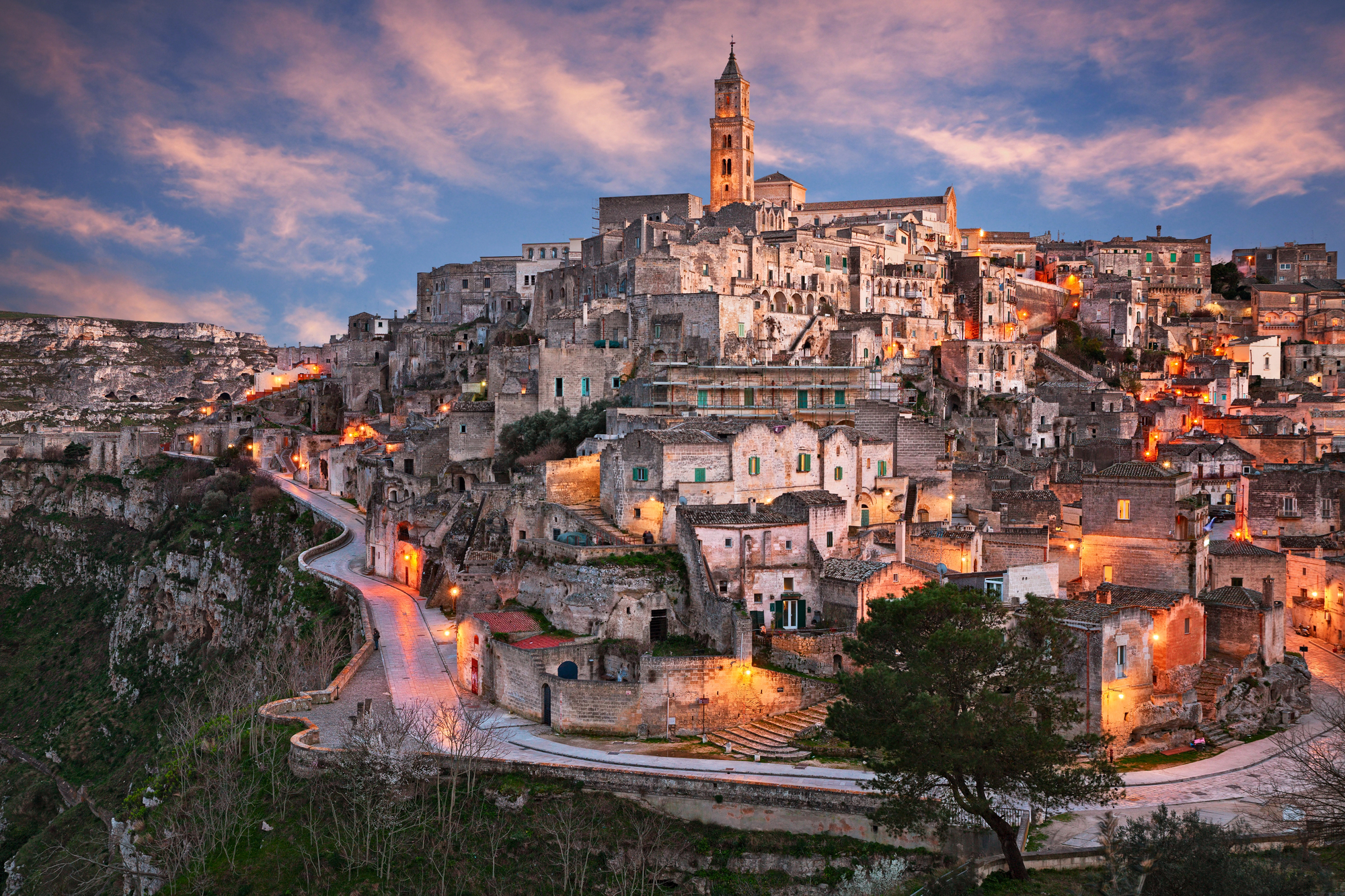
With dwellings carved into limestone caves, Matera represents one of history’s oldest continuously inhabited settlements. The town’s sassi (cave dwellings) create a labyrinth of paths that twist and climb through this UNESCO World Heritage site.
Walking through Matera feels like stepping through millennia, with human habitation dating back to prehistoric times yet featuring modern cafés tucked into ancient grottos.
Alberobello
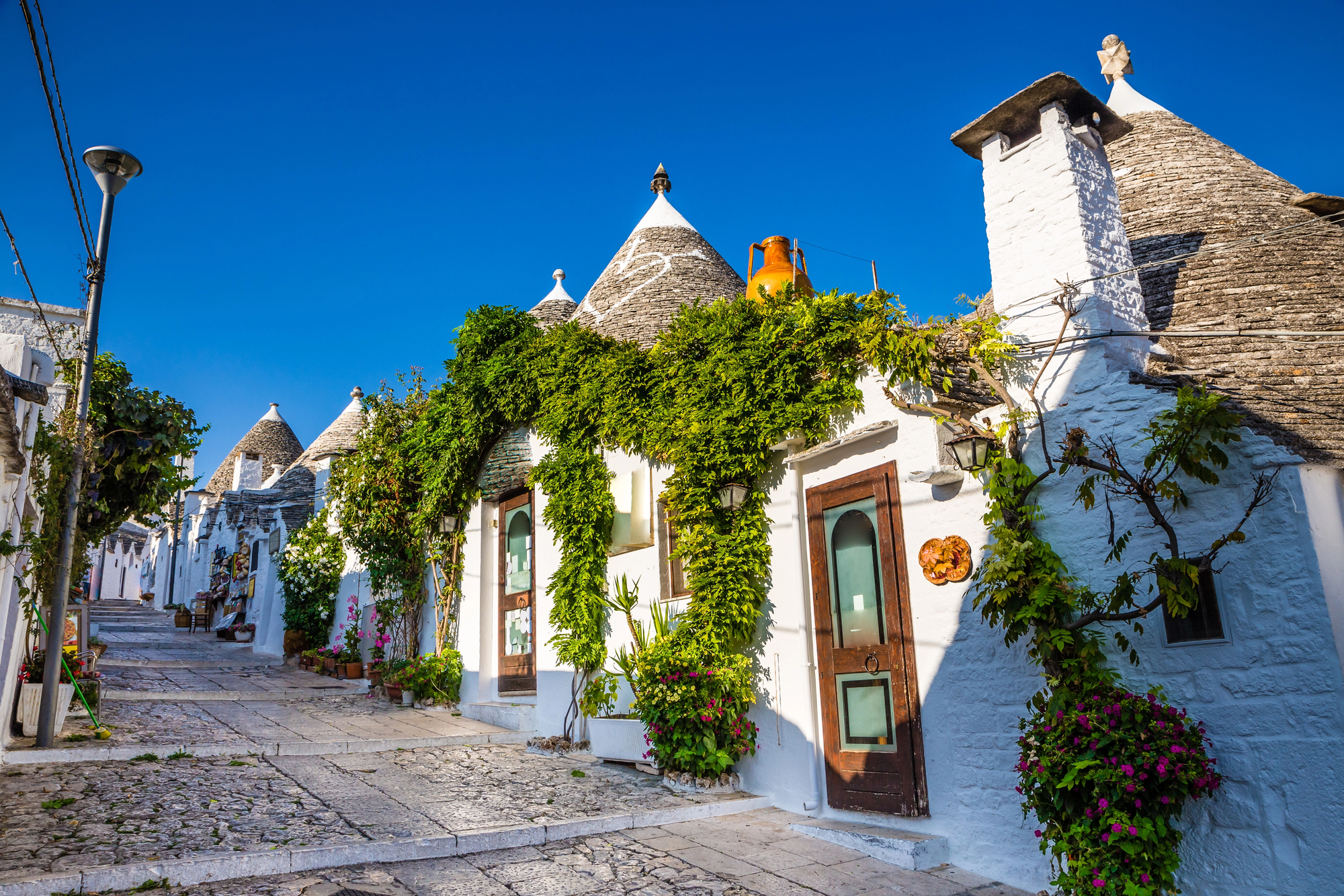
Famous for its unique trulli houses—whitewashed buildings with conical stone roofs—Alberobello looks like something from a fairy tale. The town is divided into two districts filled with these distinctive structures that create a whimsical landscape.
Each trullo features symbols painted on its roof, which are believed to bring good fortune to inhabitants and add to the town’s enchanting atmosphere.
Bosa
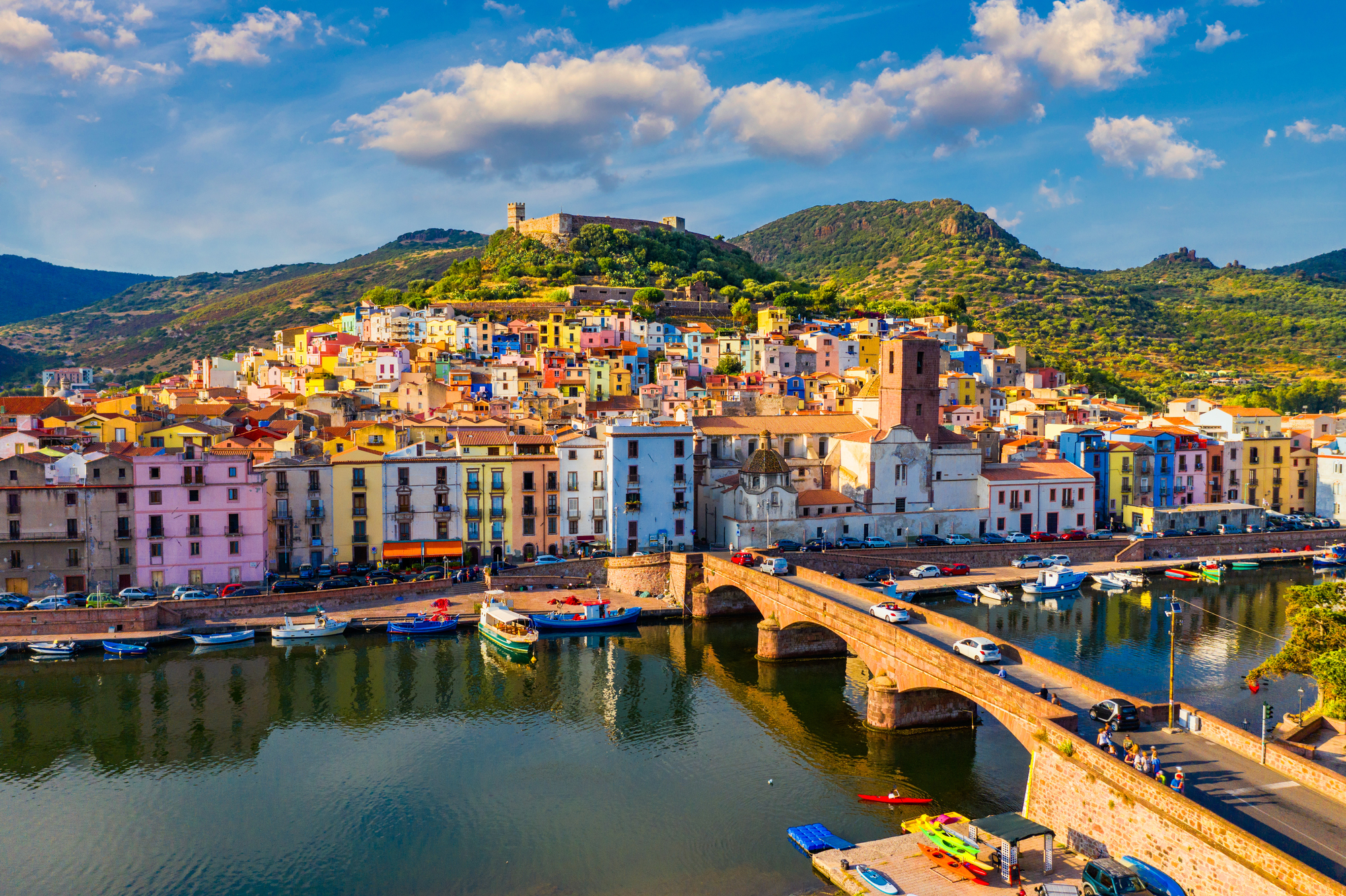
This colorful riverside town sits beneath an imposing medieval castle on Sardinia’s western coast. Multicolored houses line narrow lanes that wind uphill from the palm-lined riverfront.
Bosa’s relaxed pace encourages exploration of hidden courtyards and tiny workshops where traditional filet lace is still handcrafted using techniques passed down through generations.
Like Travel Pug’s content? Follow us on MSN.
Pitigliano
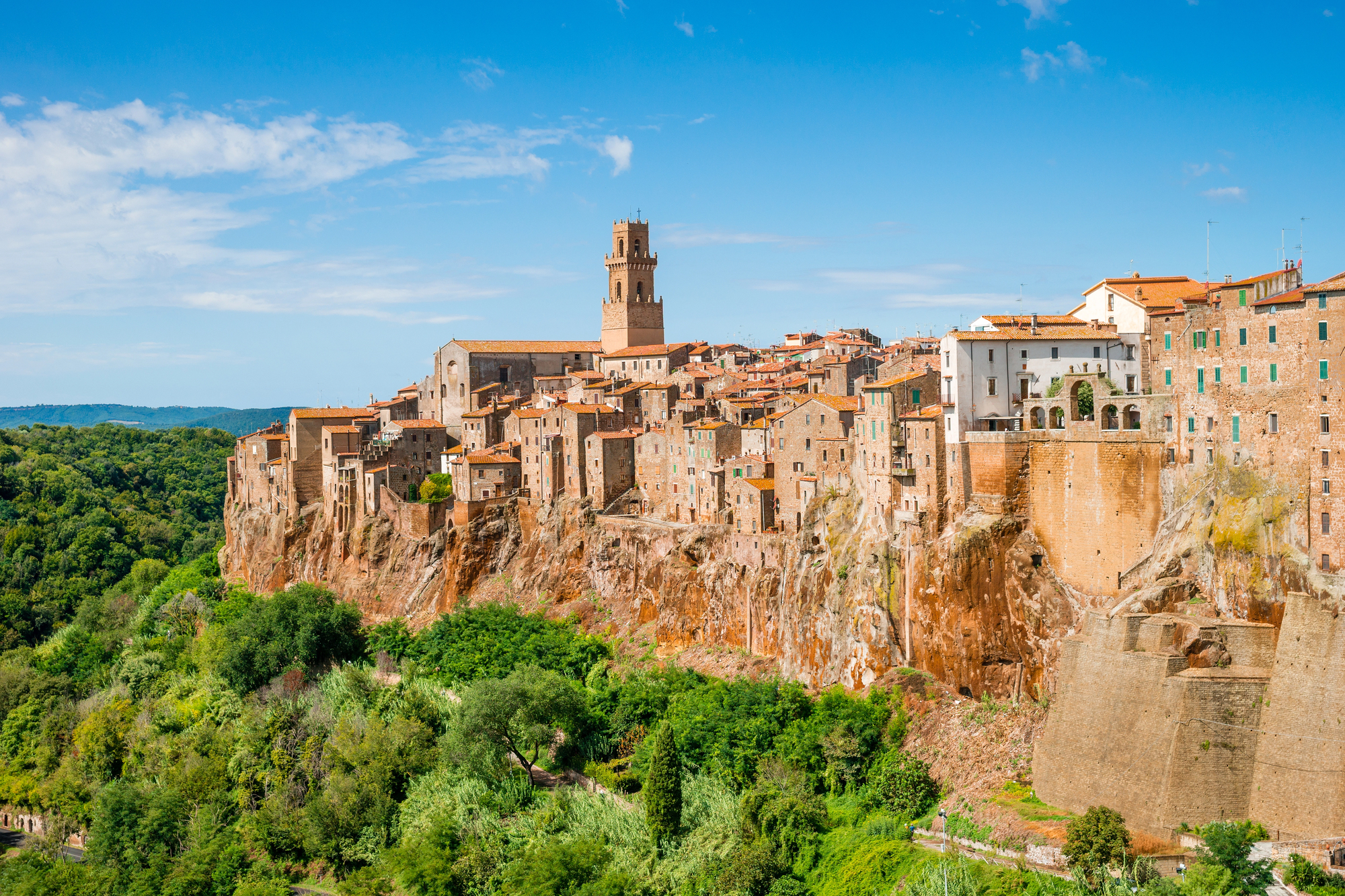
Dramatically rising from tufa cliffs, Pitigliano appears to merge with the rock beneath it. The town has a rich Jewish heritage, with an ancient synagogue and network of caves in the ‘Little Jerusalem’ quarter.
Evening walks through lamp-lit streets reveal golden stonework glowing against the night sky, while the aroma of traditional cuisine drifts from family-run trattorie.
Spello
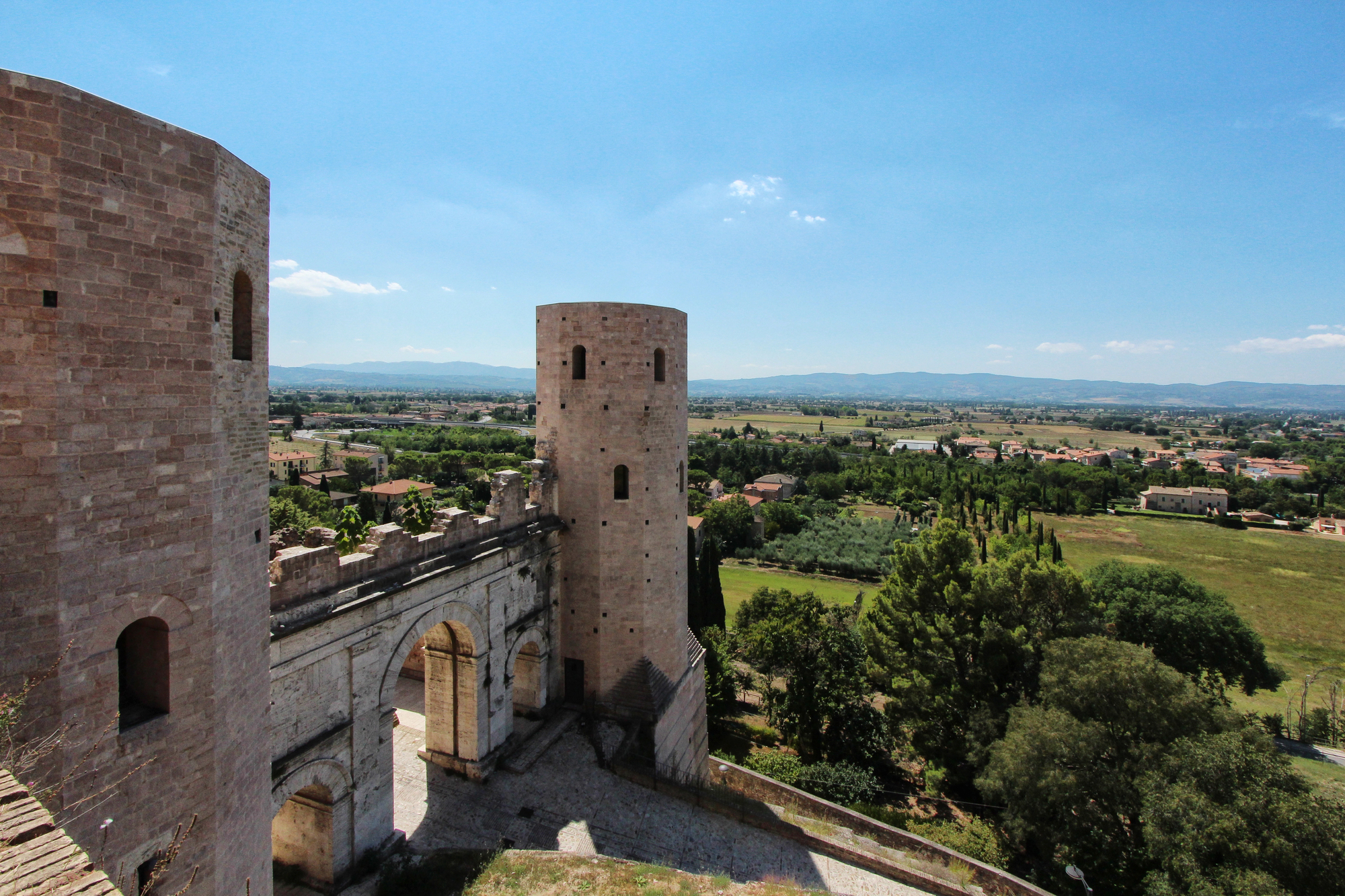
Enclosed by well-preserved Roman walls, Spello cascades down Mount Subasio in tiers of pink-hued medieval buildings. The town transforms during the Infiorate festival when streets become living canvases decorated with intricate flower petal designs.
Even on ordinary days, residents display their passion for beauty through expertly tended flower boxes that adorn nearly every window and doorway.
Colletta di Castelbianco
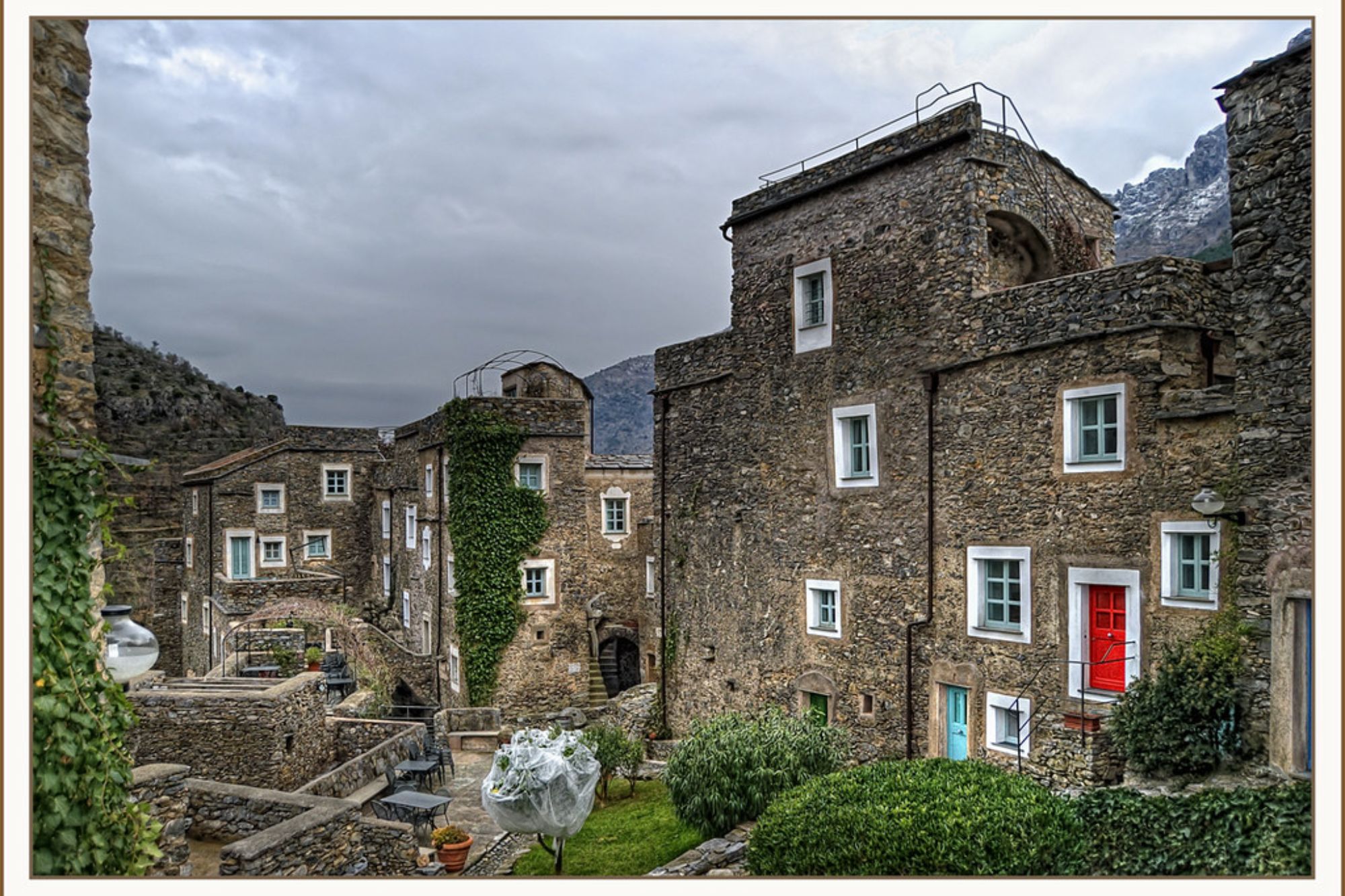
This once-abandoned village has been thoughtfully restored as a digital-age retreat that respects its medieval origins. Stone passageways connect homes built before the Renaissance, which have been discreetly updated with modern conveniences.
The car-free environment creates a peaceful atmosphere, where the loudest sound might be the church bell or birdsong echoing between ancient walls.
Like Travel Pug’s content? Follow us on MSN.
Calcata
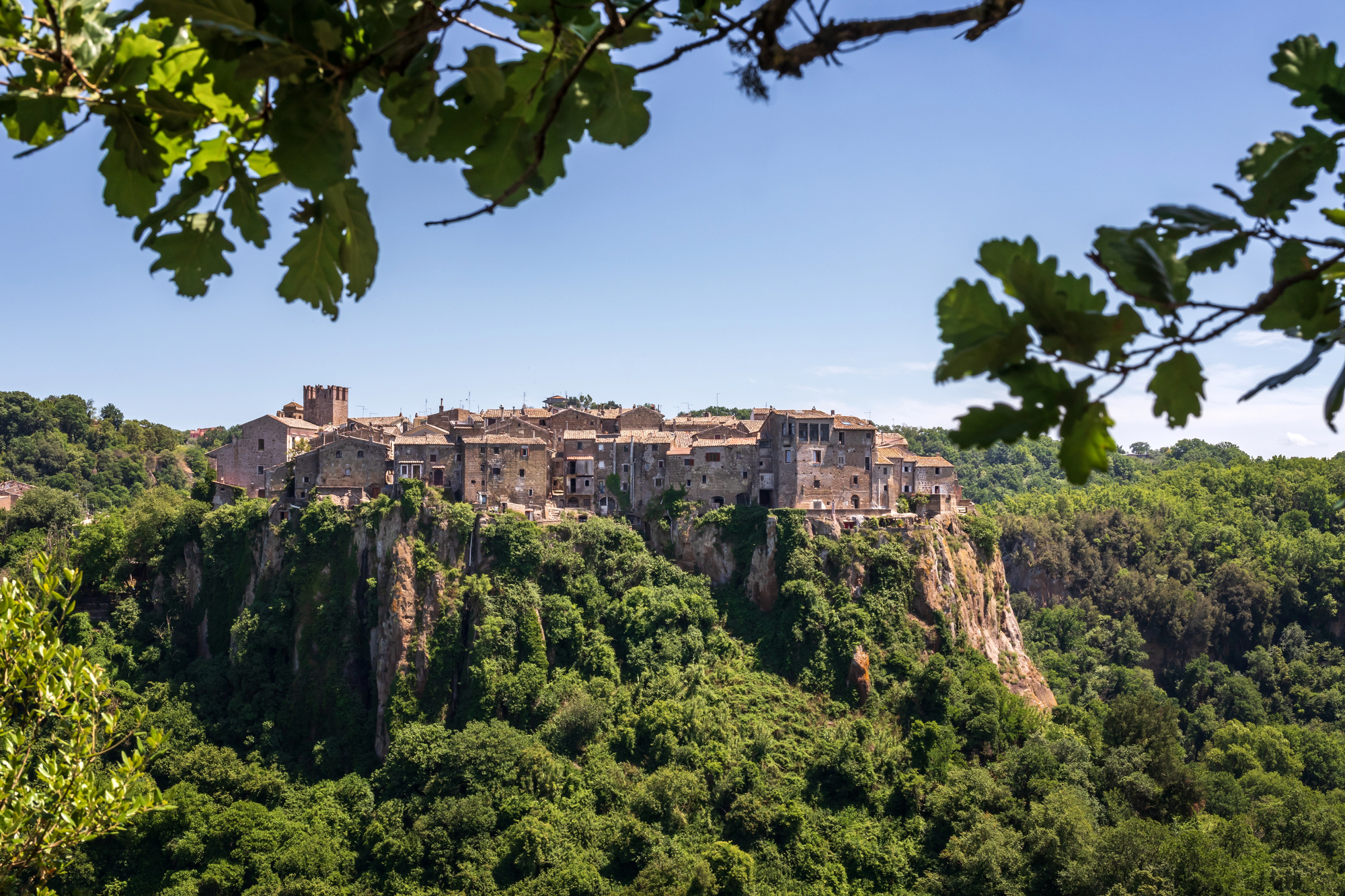
Perched on a volcanic rock outcropping, Calcata became an artists’ haven after being abandoned in the mid-20th century. Creative types gradually reclaimed the medieval village, filling it with studios, quirky cafés, and bohemian charm.
The town’s compact size makes it perfect for meandering exploration and discovering artisan workshops and unexpected art installations around every corner.
Orta San Giulio
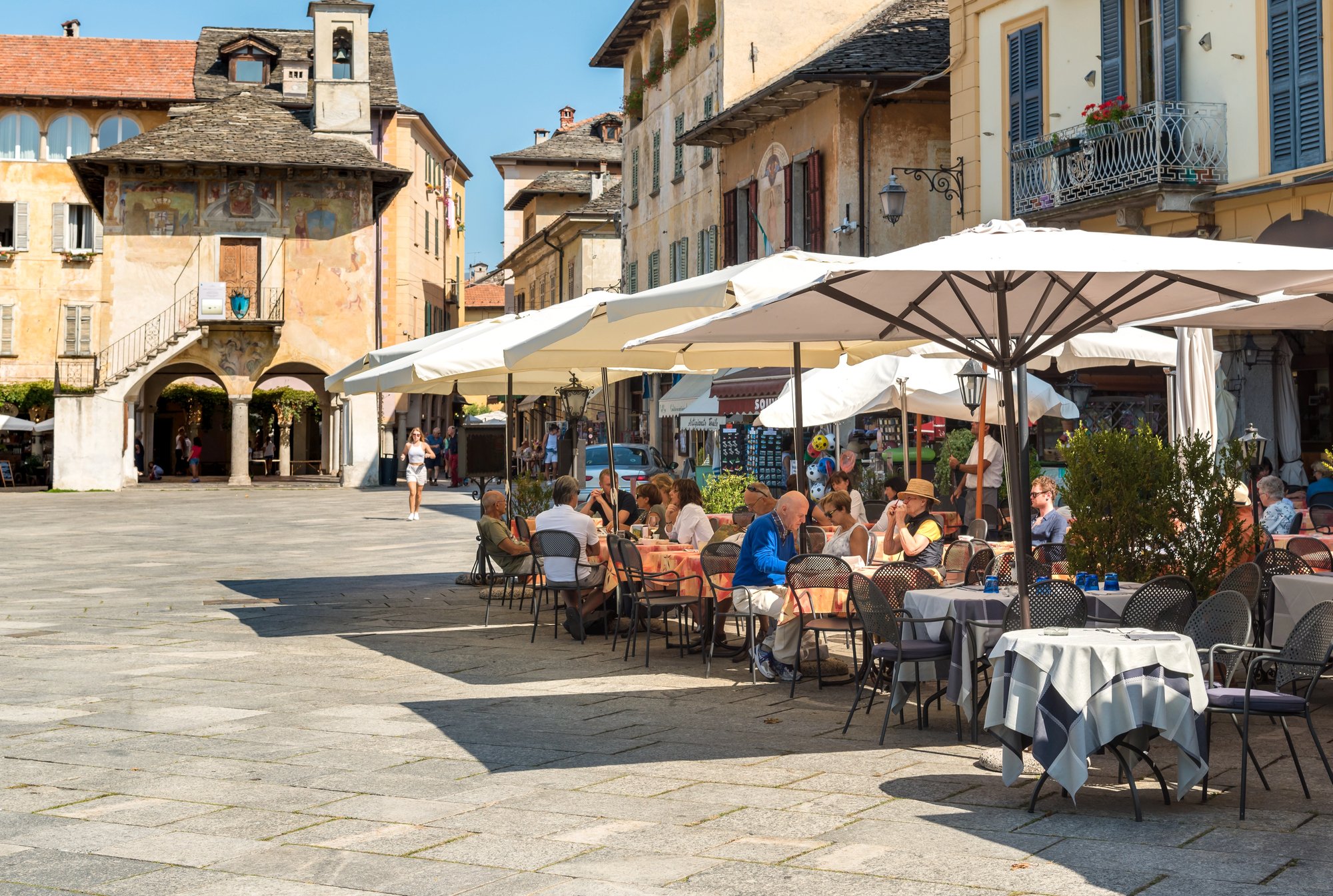
Situated on a peninsula extending into Lake Orta, this gem of northern Italy offers enchanting views across the water to the island of San Giulio. Baroque buildings frame a central piazza that serves as the town’s living room, where locals and visitors gather throughout the day.
Narrow lanes lead away from the square, revealing quiet residential areas with wisteria-draped balconies and hidden gardens.
Pietrapertosa
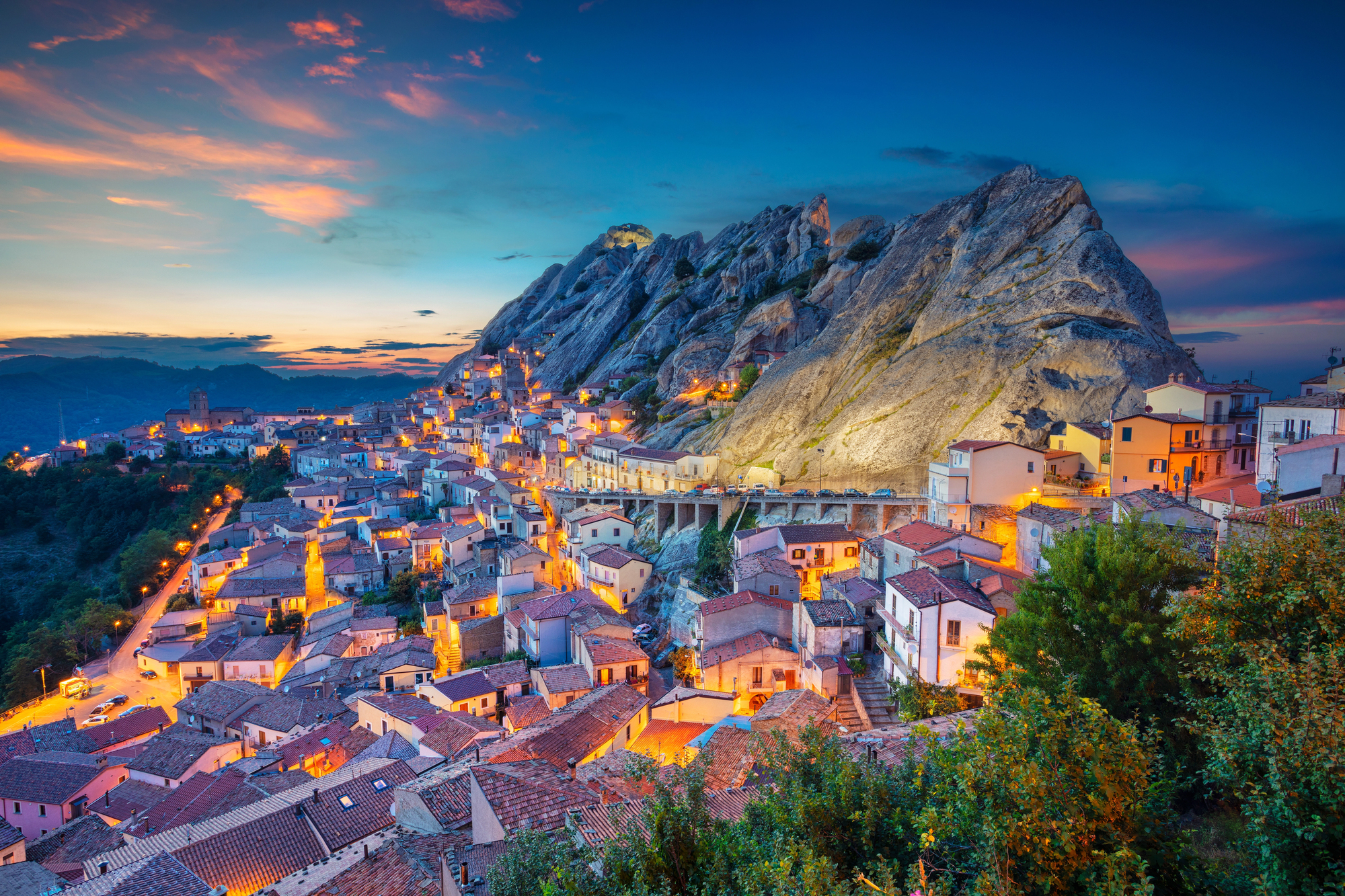
Nestled among dramatic rock formations, Pietrapertosa seems to grow organically from the mountainside. The town’s architecture utilizes the natural landscape, with some buildings incorporating existing rock formations.
Staircases carved directly into the stone lead to viewpoints offering spectacular vistas of the surrounding Lucanian Dolomites, rewarding those willing to climb with unforgettable panoramas.
Like Travel Pug’s content? Follow us on MSN.
Monteriggioni
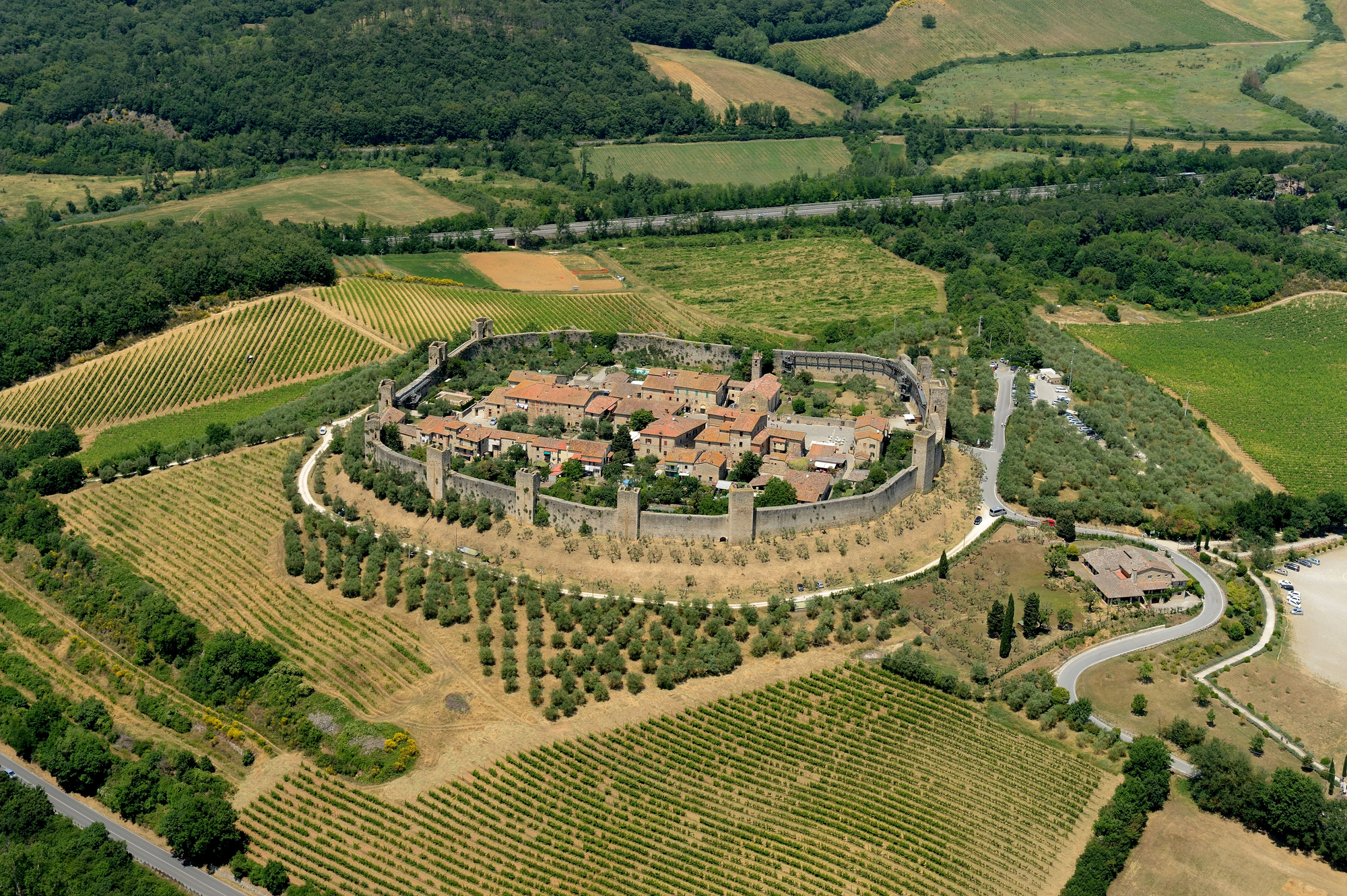
Monteriggioni is enclosed within a perfect circle of intact medieval walls and represents the quintessential fortified Italian town. The small settlement contains just one main piazza surrounded by stone buildings dating from the 13th century.
Walking the complete perimeter atop the walls takes less than 30 minutes but provides a journey through time with views inward to the historic center and outward across the Tuscan countryside.
Sovana
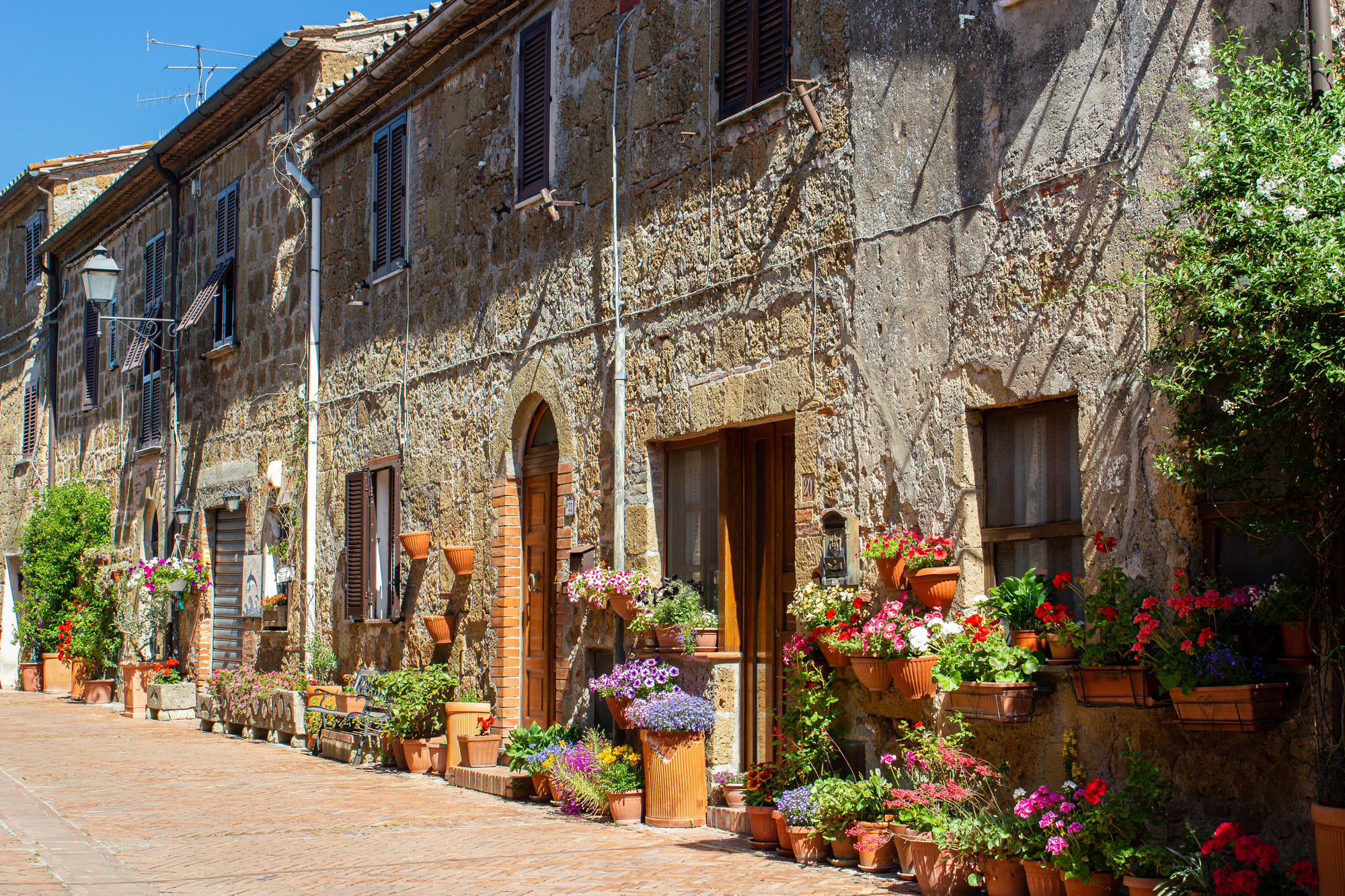
This tiny Etruscan settlement in southern Tuscany holds historical treasures spanning millennia. The main street runs between tufa-stone buildings and leads to a magnificent Romanesque cathedral that seems oversized for such a small community.
Archaeological pathways lead to nearby Etruscan tombs cut into the surrounding countryside, connecting modern visitors to Italian ancestors from nearly three thousand years ago.
Cornello dei Tasso
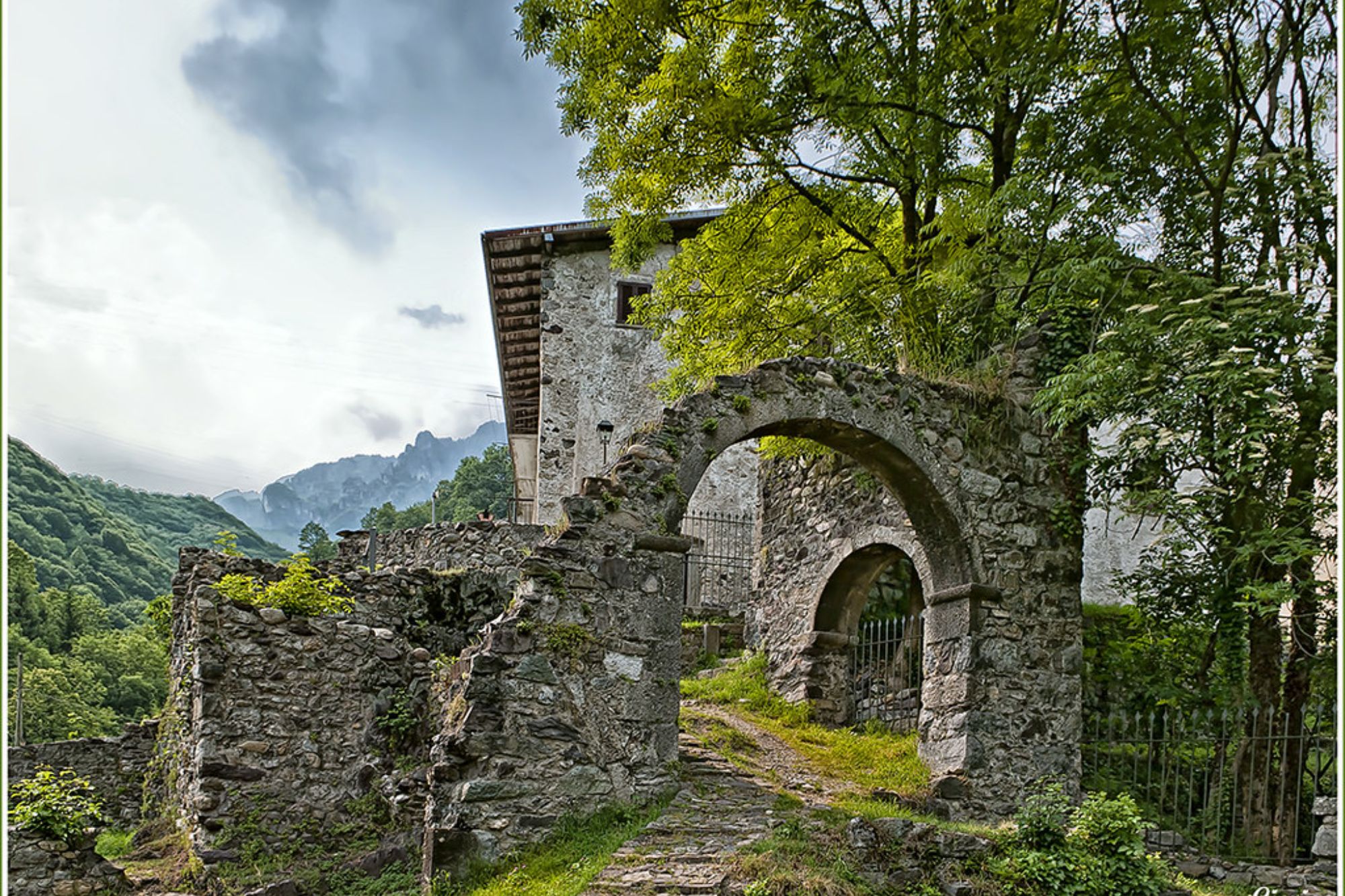
Due to its isolation, Cornello dei Tasso has remained unchanged since the Middle Ages. The village birthed Europe’s postal system, founded by the Tasso family, which later became the Thurn und Taxis dynasty.
Porticoed walkways protect pedestrians from mountain weather while connecting buildings constructed when this was an important stop on the ancient Via Mercatorum trade route.
Like Travel Pug’s content? Follow us on MSN.
Cetona
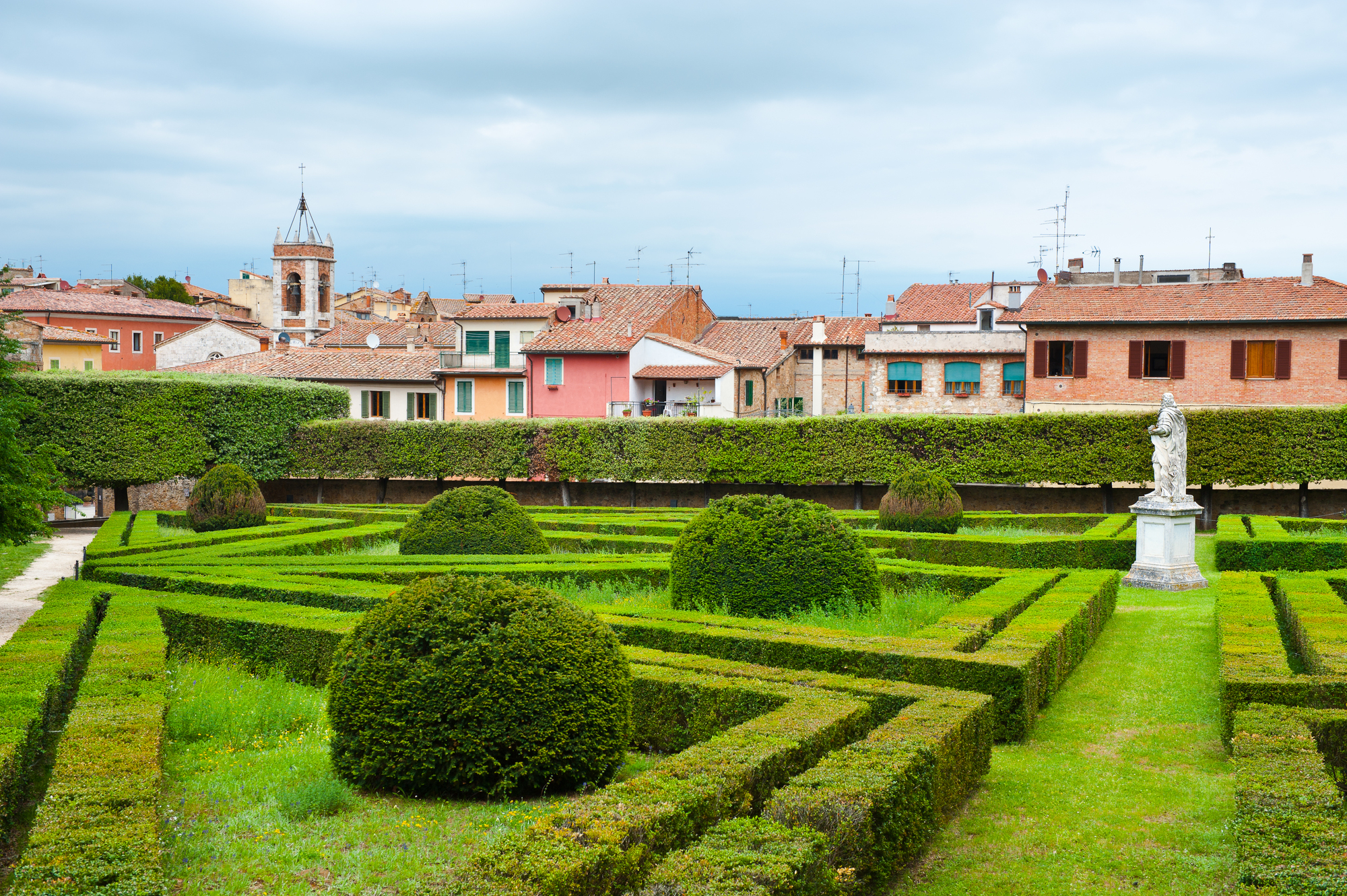
Arranged in concentric circles around a central hilltop fortress, Cetona exemplifies thoughtful medieval urban planning. Arched passageways and covered stairways create shortcuts between levels, offering protection from summer sun and winter rain.
The town square functions as a natural amphitheater where community life unfolds against historic stone facades and the rolling Tuscan landscape.
Morro d’Alba
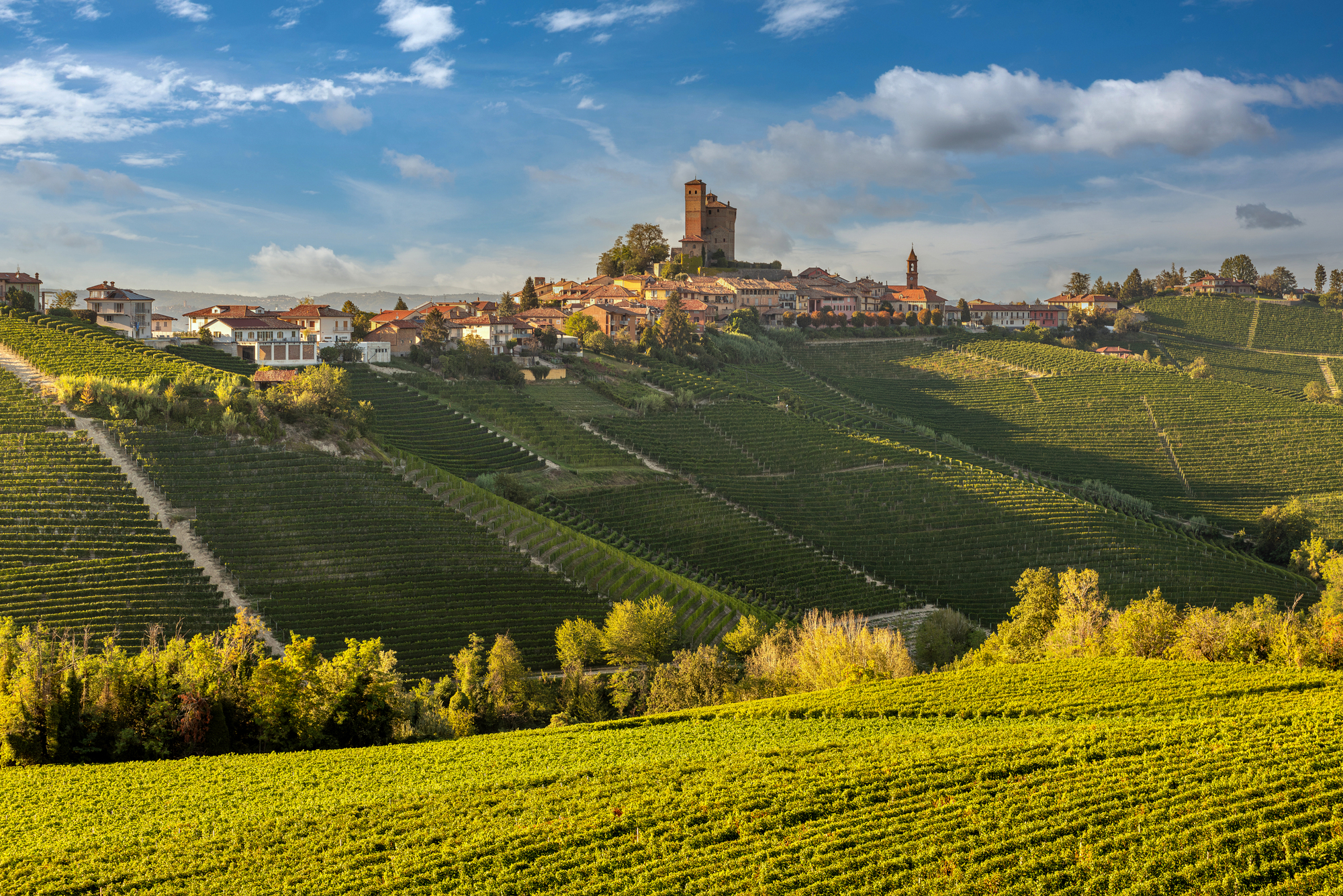
Unique covered walkways called La Scarpa encircle this Le Marche town, creating an elevated pathway that once served defensive purposes. Today, these passages offer sheltered walking routes with windows framing countryside views and glimpses into private gardens below.
The town specializes in producing Lacrima di Morro d’Alba wine, best enjoyed at sunset from viewpoints along the historic walls.
Tellaro
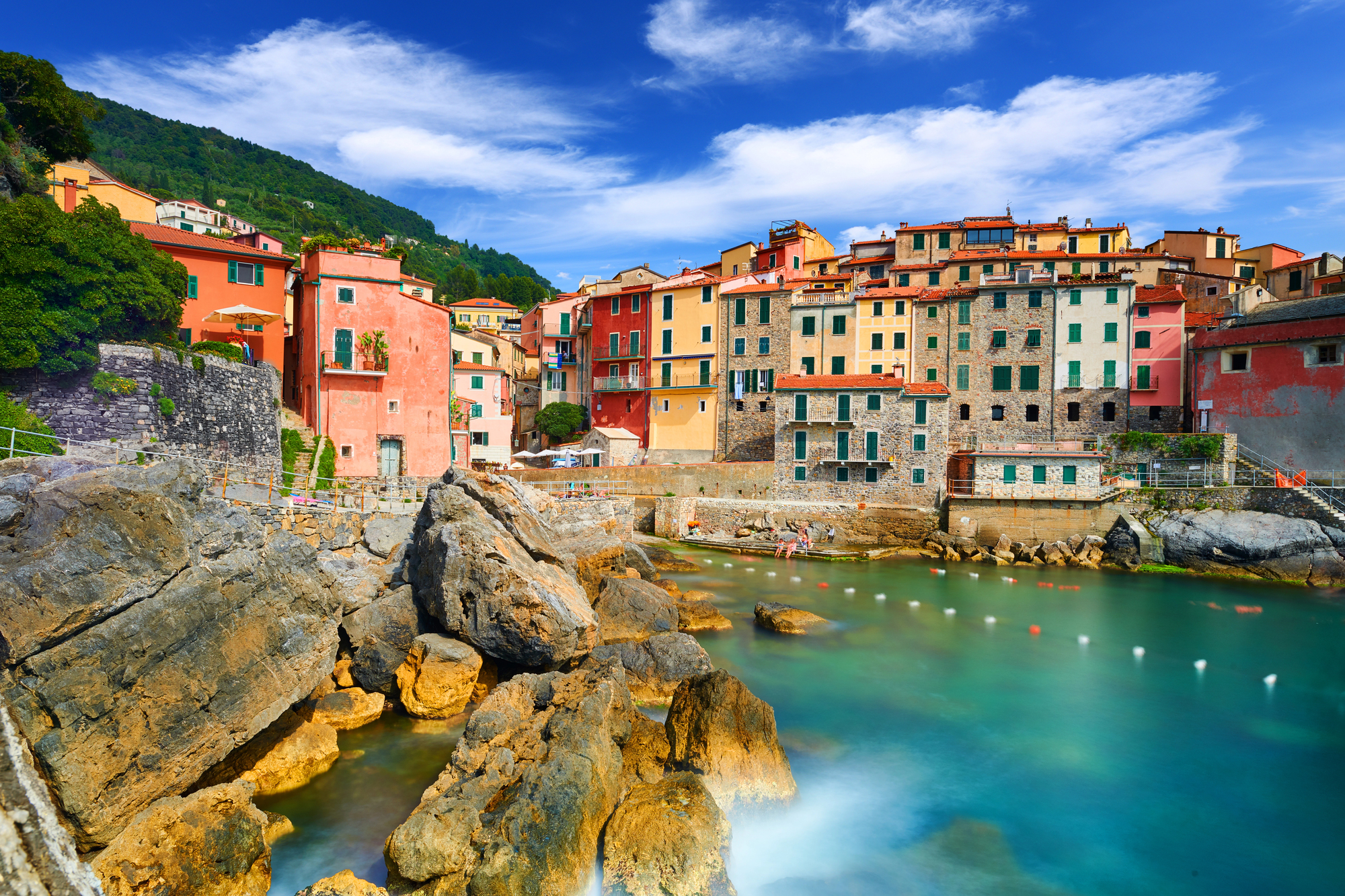
This fishing village on the Gulf of La Spezia remains refreshingly authentic despite its proximity to more famous coastal locations. Pastel-colored homes cluster tightly around tiny squares that open suddenly to breathtaking sea views.
The absence of major attractions becomes Tellaro’s greatest charm, allowing visitors to experience genuine Italian coastal life at a pace dictated by the tides and fishing schedules.
Like Travel Pug’s content? Follow us on MSN.
Castelluccio
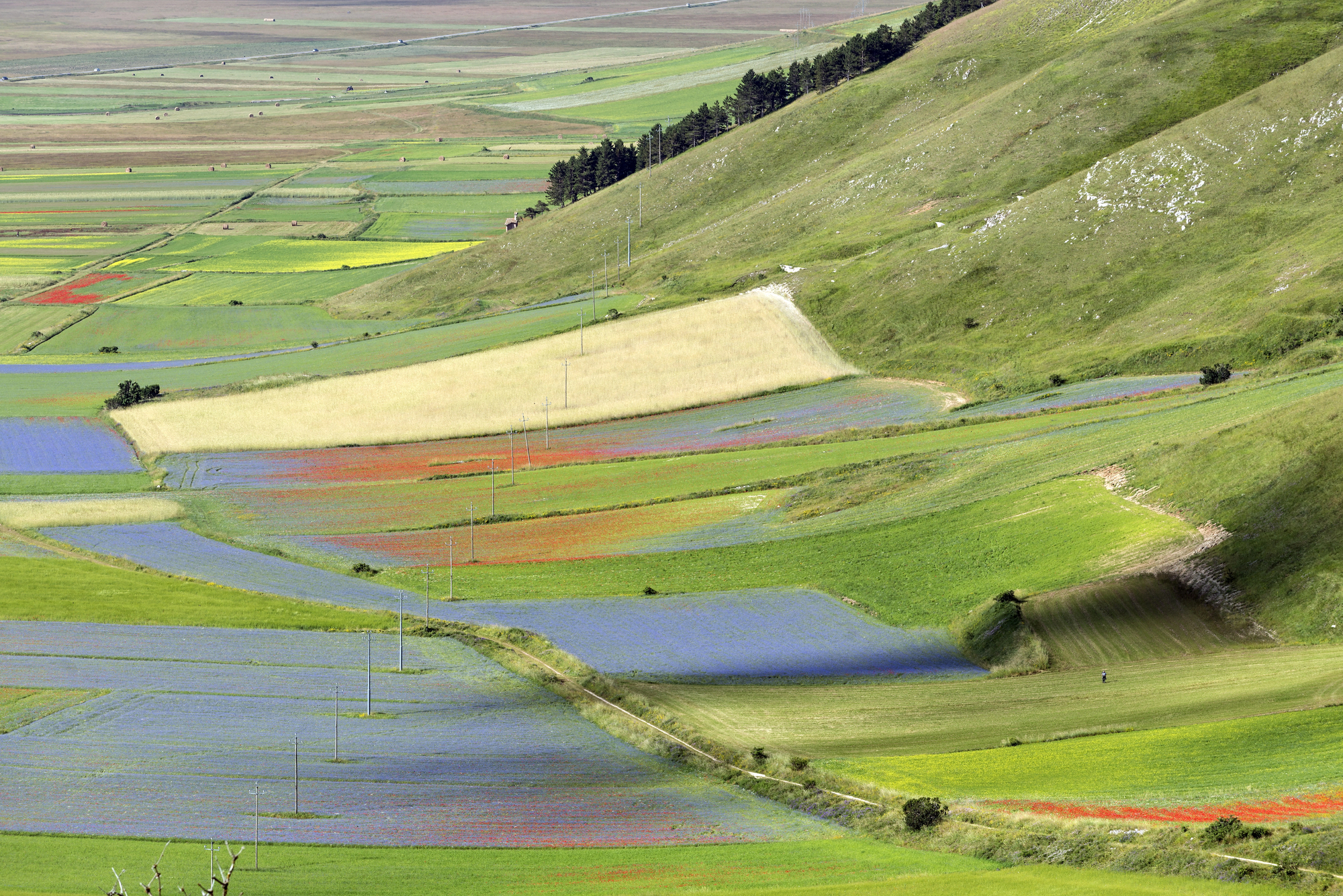
Before suffering earthquake damage, this mountain village was renowned for spectacular wildflower blooms transforming the surrounding plateau each summer. The town’s elevated position provides unmatched views across Piano Grande, where lentil cultivation creates a patchwork of colors from June through July.
Even in reconstruction, Castelluccio demonstrates the resilience and determination that characterize Italy’s most remote communities.
Sant’Agata de’ Goti
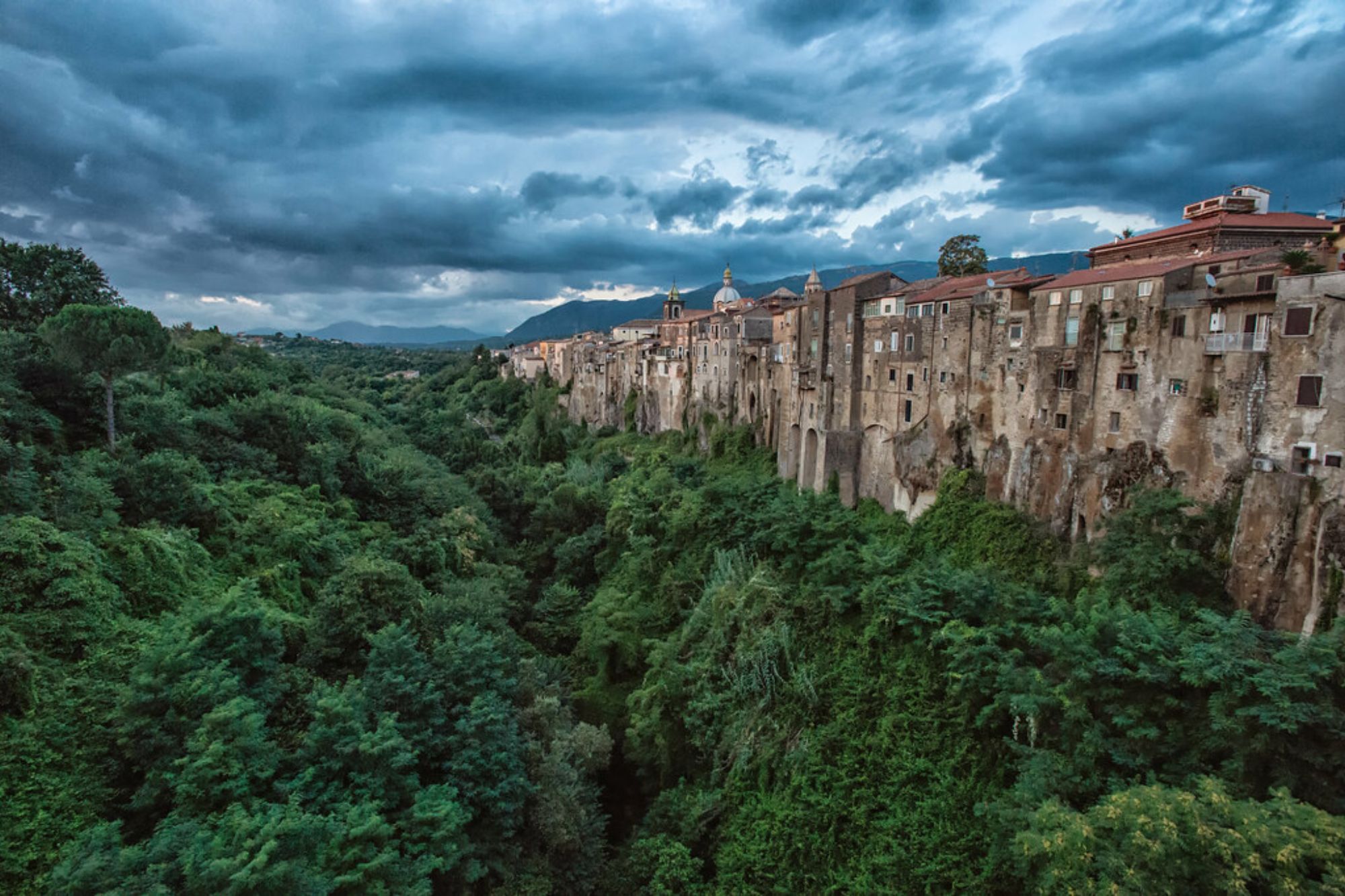
Built atop ancient tufa terraces, this town near Naples appears to float above the ravine. Medieval gates lead to streets lined with baroque palaces and churches adorned with remarkable artworks often overlooked by mainstream tourism.
The clear mountain spring water flowing through public fountains has refreshed travelers for centuries, connecting modern visitors to countless previous generations who paused here.
The Enduring Appeal of Slow Travel
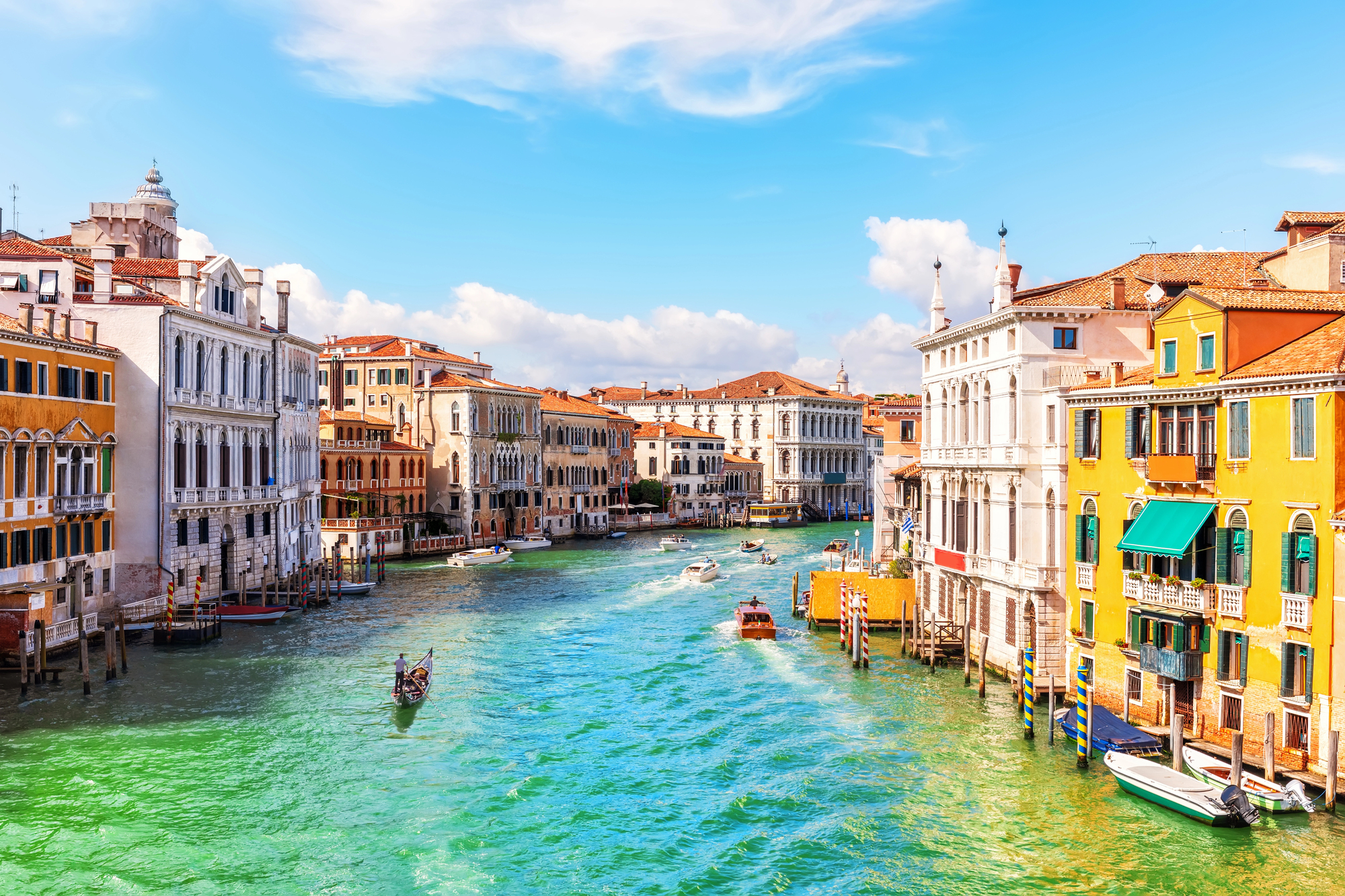
These twenty towns represent just a fraction of Italy’s walkable treasures, offering unique perspectives on history, architecture, and community living. Their human scale and pedestrian focus create environments where genuine connections happen naturally.
The experience of these places simply cannot be replicated through faster travel or virtual tourism. This reminds us that sometimes the most meaningful way to understand a destination is to take one unhurried step at a time
More from Travel Pug

- 20 Destinations That Were Once Thriving but Are Now Quietly Disappearing
- 13 Destinations Where Tourists Regularly Regret Their Trip
- 20 Once-Popular Beach Towns That Are Now Ghostly Empty
- 10 Under-the-Radar Mountain Towns That Are Both Affordable and Beautiful
- Take a ‘Learning Vacation’ in These 20 Extraordinary Places
Like Travel Pug’s content? Follow us on MSN.
